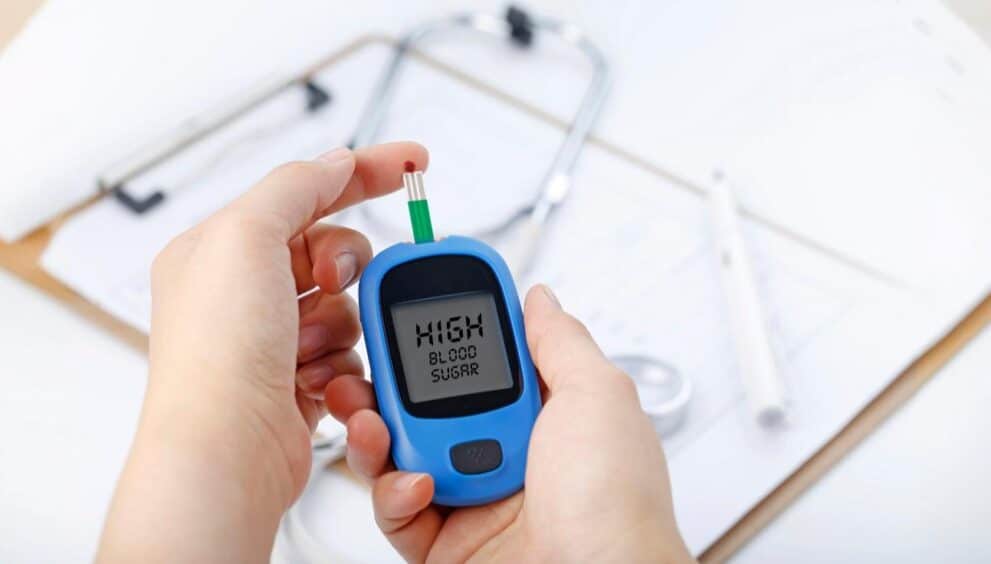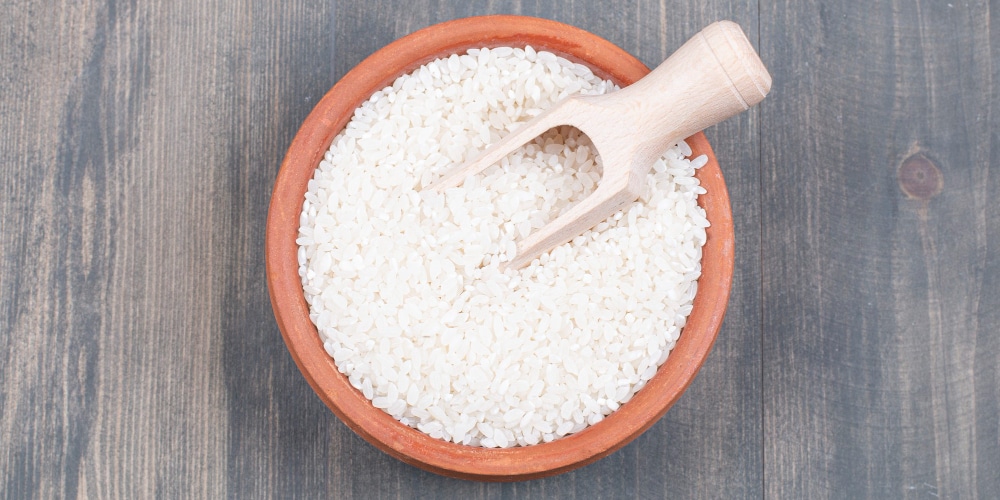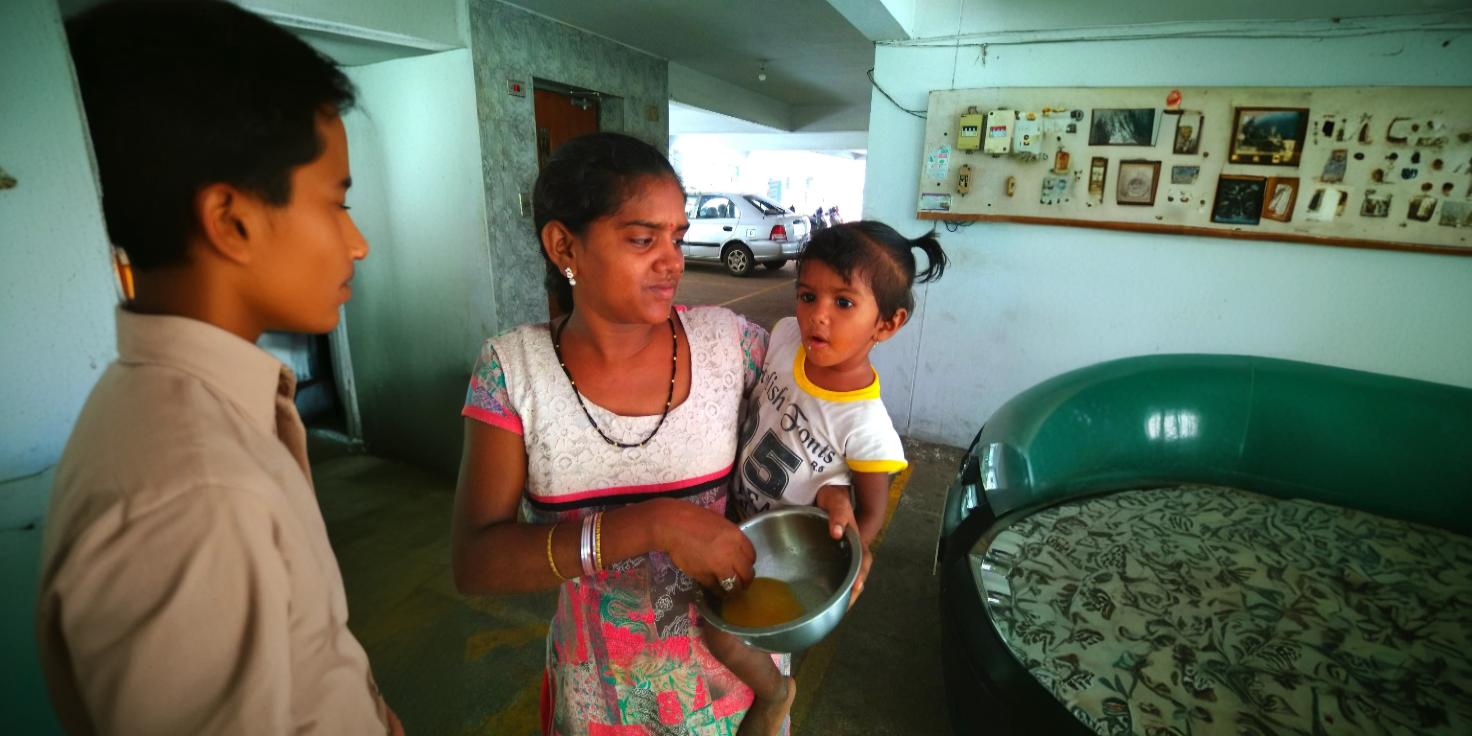Latest
Millions may have this overlooked form of diabetes. It now has a name
Type 5 diabetes, long misunderstood and misdiagnosed, is now officially recognized by the International Diabetes Federation
Author
Author
- admin / 8 months

- 0
- 4 min read

Author
A new type of diabetes, defying the symptoms and characteristics of Type 1 and Type 2 diabetes, has been officially classified as “Type 5,” decades after it was first identified. The announcement was made last week by Prof. Peter Schwarz, president of the International Diabetes Federation, during the World Congress of Diabetes 2025 in Bangkok.
“People with Type 5 diabetes are typically underweight, have no family history of diabetes, and exhibit symptoms that do not quite match Type 1 or Type 2 diabetes,” said Dr. Nihal Thomas, a professor of endocrinology at Christian Medical College Vellore (CMC), who was one of the lead researchers.
The International Diabetes Federation (IDF) has announced the launch of a working group to develop formal diagnostic criteria and therapeutic guidelines for type 5 diabetes.
What is type 5 diabetes?
Type 5 diabetes, according to the IDF, refers to severe insulin-deficient diabetes (SIDD), which is characterized by high levels of insulin deficiency and poor metabolic control. It has a specific profile that differs from Type 1 diabetes, an autoimmune disorder in which the body attacks insulin-producing beta cells, and Type 2 diabetes, which is marked by insulin resistance.
People with type 5 diabetes are insulin deficient but not insulin resistant. This means that persons with type 5 diabetes produce little or no insulin, but their bodies respond effectively to it. Unlike Type 2 diabetes, which is mostly linked to obesity and insulin resistance, Type 5 diabetes is primarily caused by chronic undernutrition, especially during early developmental years.

Common diabetic symptoms—such as excessive thirst, frequent urination, or unexplained weight loss—are frequently absent, making diagnosis difficult. Instead, patients may feel vague weariness or moderate metabolic abnormalities, which are frequently overlooked during routine checks.
“When a child continues to experience malnutrition during their growth years, they are more likely to develop Type 5 diabetes,” Dr Rajiv Kovil, Head of Diabetology at Zandra Healthcare in Mumbai, Maharashtra, told First Check.
“Conversely, if this malnourished child receives energy-dense, high-calorie foods while growing up, they are at a higher risk of developing type 2 diabetes. It’s important to strike a balance,” he added.
Dr Kovil called for incorporating a high-protein, high-fiber diet filled with nutritious meals to support overall health and improve glycemic control.
Research Roots
First observed in the 1960s in undernourished populations across India, Pakistan, and sub-Saharan Africa, Type 5 diabetes was initially called J-type diabetes after its discovery in Jamaica. It was included in the World Health Organization’s classification in 1985 but removed in 1998 due to insufficient physiological evidence, with experts at the time dismissing it as poorly managed Type 1 or Type 2 diabetes. Recent research has overturned this misconception, confirming Type 5 as a distinct condition.
In 2022, Dr. Thomas, alongside Dr. Riddhi Dasgupta at the CMC, and Prof. Meredith Hawkins at Albert Einstein College of Medicine, New York, published a study in Diabetes Care that established key physiological differences: The study found that Type 5 patients lack the autoantibodies associated with Type 1 diabetes. Importantly, it also revealed that about 50% of these patients can manage the condition with oral medications rather than insulin—a critical advantage in low-resource settings.
Global Impact of This Strain of Diabetes
Type 5 diabetes may affect between 20 and 25 million people worldwide, primarily in regions such as Asia and Africa.
Speaking at the World Diabetes Congress, IDF President Professor Schwarz said that the recognition of type 5 diabetes marks a historic shift in how we approach diabetes globally.
“For too long, this condition has gone unrecognized, affecting millions of people and depriving them of access to adapted care,” he noted. “With the launch of the Type 5 Diabetes Working Group, we are taking decisive steps to correct this. This is about equity, science, and saving lives.”
Also read: How Diabetes and Blood Pressure Cause Kidney Disease










